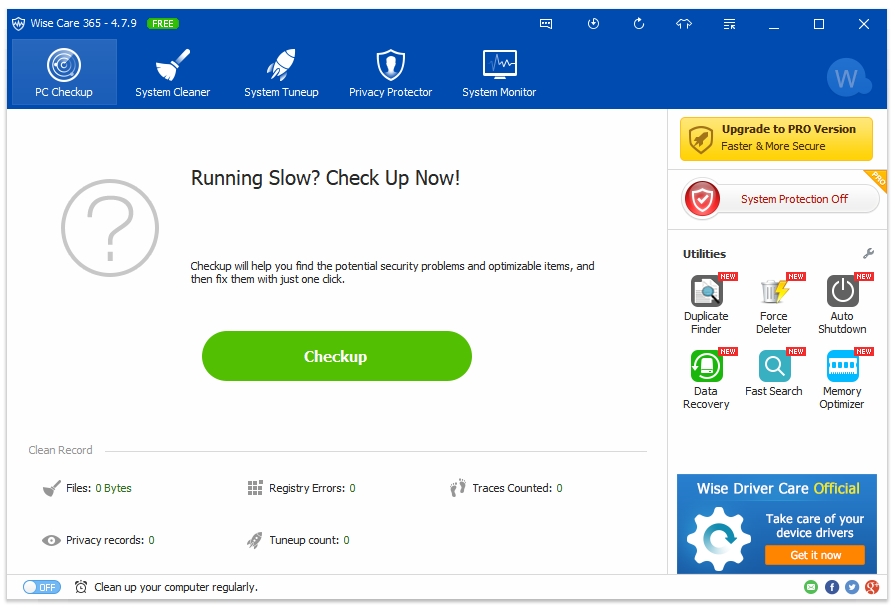


In a nutshell, image optimization can do wonders to the page load speed, improving the on-page SEO. The last five years of data for the top one million websites by HTTP Archive indicates these average figures:Īnd if you take only WordPress into account, the home to over 40% of all the websites on the internet, the image takes up north of 45%. The presence of countless image compression tools points to a single conclusion–image optimization is crucial and shouldn’t be ignored. By pressing the Alt key on PC (or the Option key on Mac) while you move the slider, you’ll see a preview of where sharpening will be applied.Stay put to check out some of the best image compression tools to boost user experience and your website’s search rankings. Masking lets you choose where in the image to apply sharpening.A higher value will mean that even fine details will be sharpened. A lower value will mean only thick, obvious edges will be sharpened. Detail refers to the type of edges that will be sharpened.A value of 1.0 means one pixel around the edge will be sharpened. Radius increases the size of the area around the edges that will be sharpened.Amount changes how much sharpening you’re adding.The Sharpening Tool features four sliders: This section lets you add sharpening and noise reduction to your images if they need it. How to Apply Noise Reduction and Sharpening As you experiment with these values, you’ll get an idea of what works and what doesn’t.

Simply choose a preset you like, then study sliders. This can be a great way to learn color grading in more detail. Pro tip: When you apply presets, the HSL and Color Grading tabs are updated with the changed values. You can drag and drop your files into the center of the window or navigate to the folder where your photos are stored using the menu on the left-hand side. If your photos are on a local hard drive, select Import.

Select each photo you want to import and select Copy.


 0 kommentar(er)
0 kommentar(er)
